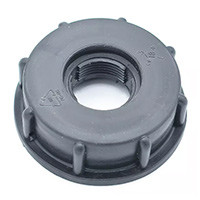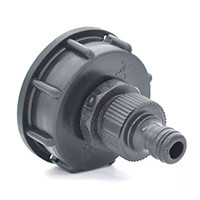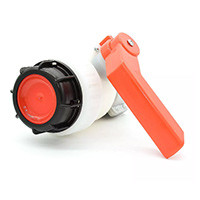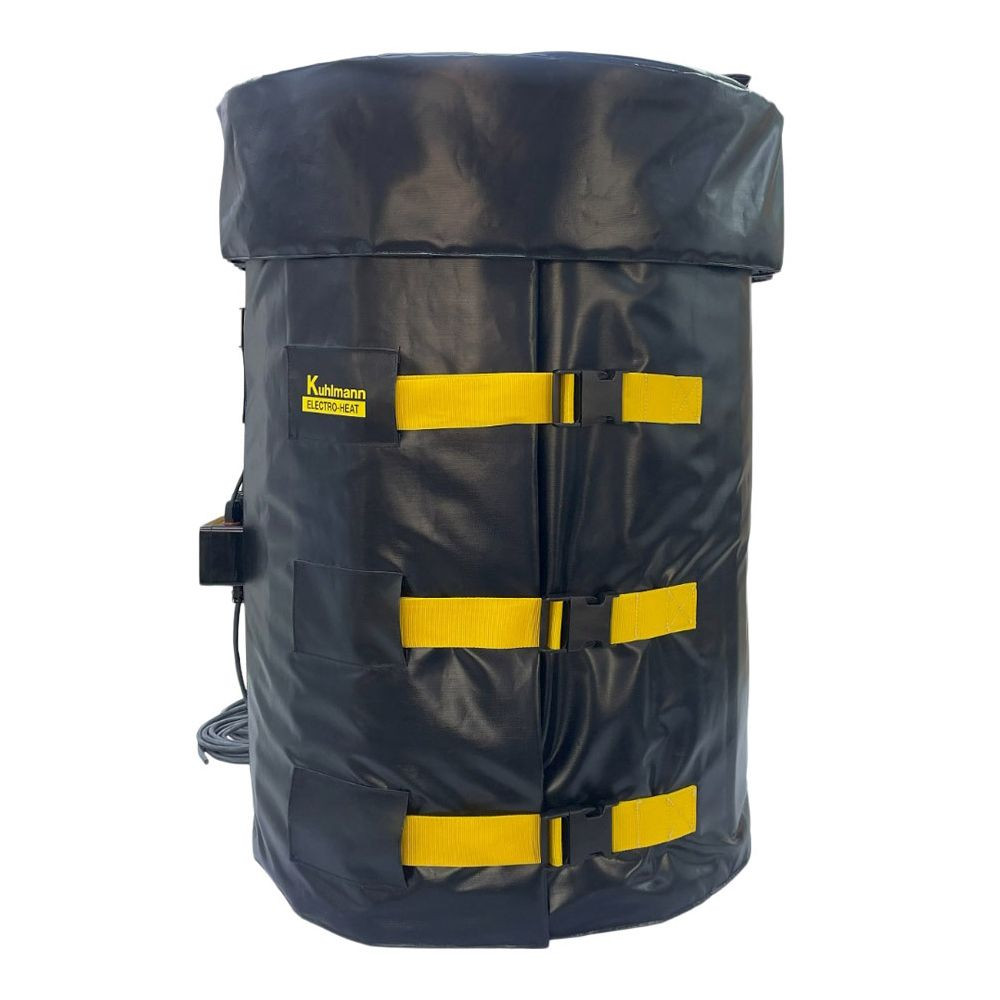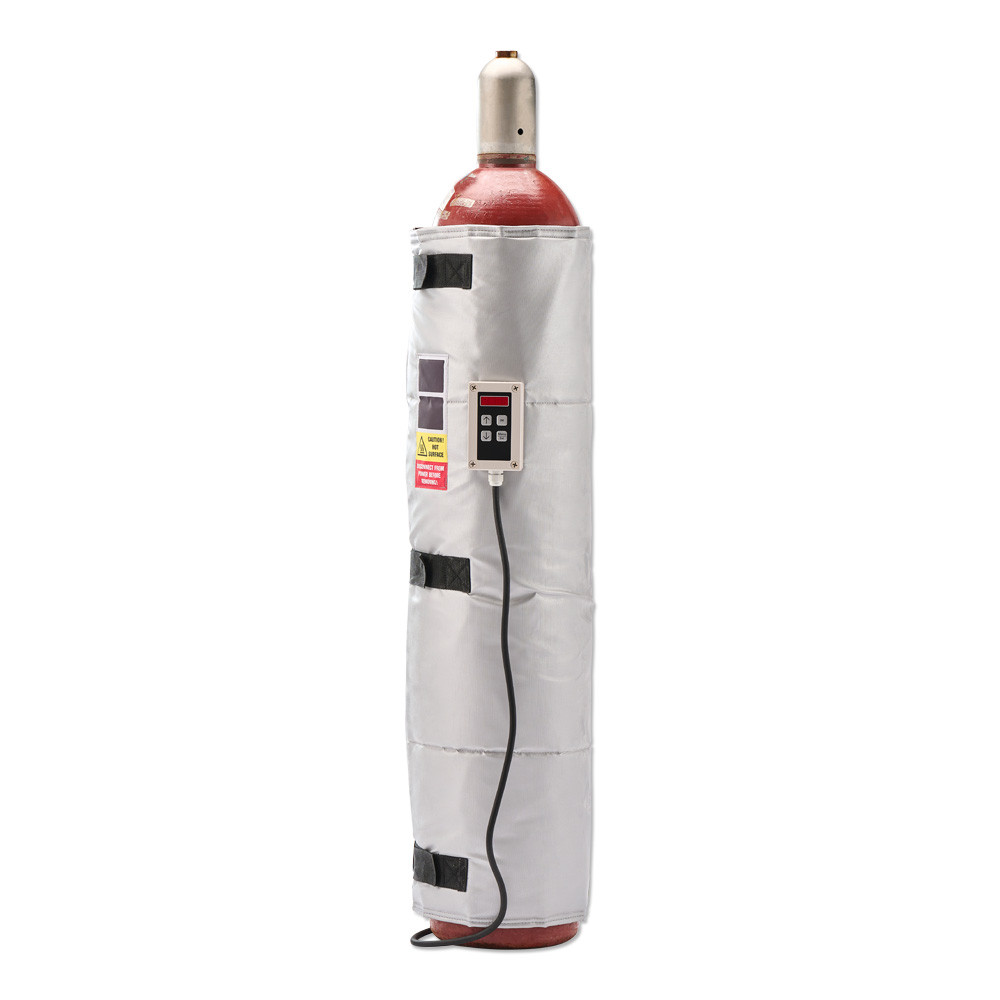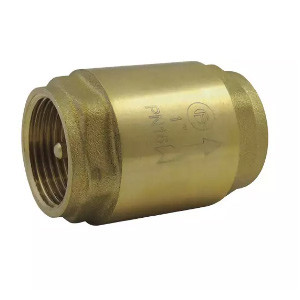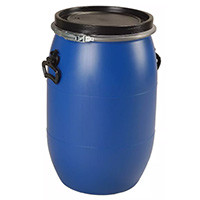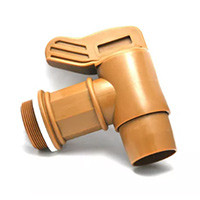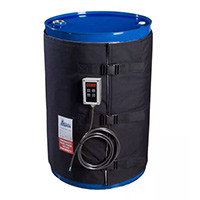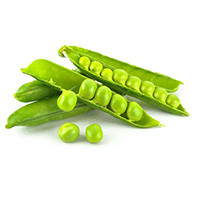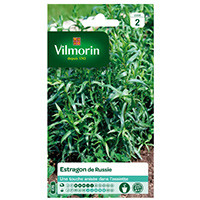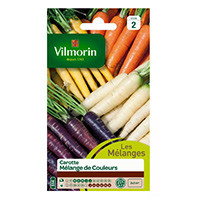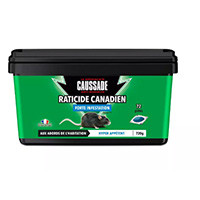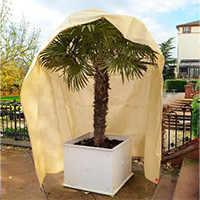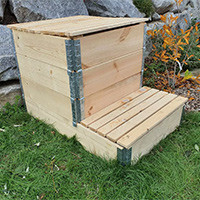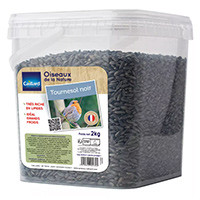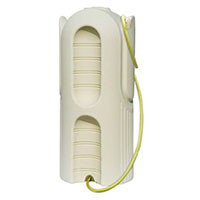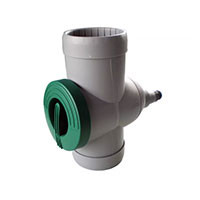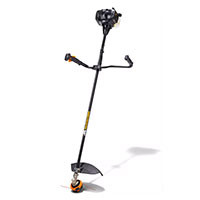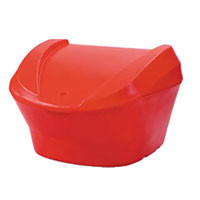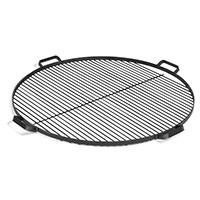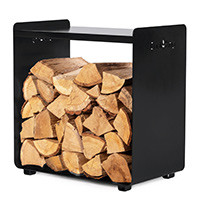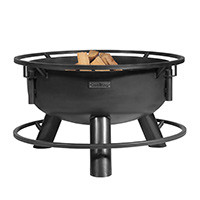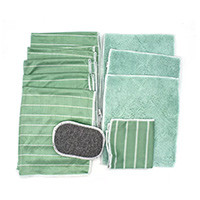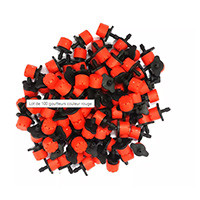
Focus on the Japanese turf
Focus on the Japanese turf
If you like flowers and colors, you'll love Japanese turf! We explain what it is, and how to set it up in the garden.
What is Japanese turf?
A variety of lawn, Japanese turf resembles a flowering meadow, the difference between the two being the cutting height. Where the flowering meadow is made up of tall grasses and field flowers, the Japanese grass is lower and has dwarf flowers - in other words, no more than 20-30 cm.
Among the most common varieties used to flower Japanese turf are: capuchin, daisy (when a grass is flowered only with daisies, we are also talking about Swiss turf),blueberry, scent peas, centaur, poppy, marigold, daytime beauty, phacelia, flax, gypsophile, violet, tulip, alysse, adonide, daffodil, lupin, nigella, immortal, cockroach... And many other varieties!
Japanese turf: how to compose it?
Before you start setting up a Japanese lawn inthegarden, start by asking yourself what you hope to get as rendered: depending on whether you imagine a lawn in shades of blue, simply planted with daisies or stung with varied and multicolored flowers, you will not choose the same varieties of flowers.
Once this point is clarified, you will also need to bring your project into line with reality: some species are probably more compatible with the climate and soil of your region than others. Take this into account, in addition to the aesthetic criteria you have set for yourself, and then list the varieties you want to decorate your lawn. On the amount of different varieties, there is no real limit... It's really up to you. If there is no rule as to their distribution, it is still said that it is necessary to count about 3/4 of flowers per 1/4 of legumes and grasses.
If you want to make your life easier and not have to choose, you can also opt for ready-to-useseed packets, some ofwhich already contain turf. As for seed mixtures (without grass), they can contain up to 35 different varieties, in other words enough to reproduce an impressionist picture at the bottom of your garden.
When and how to sow Japanese turf?
Japanese turf is usually sowed inthespring, between April and May.
To do well, it is estimated that to cover 10m2, you have to mix a packet of 2 to 5 g of flower seeds (or equivalent if you choose to make your own mixture) with about 300 g of rustic grass.
Before sowing, you will of course have to prepare your soil,turning the soil and removing pebbles and weeds - be careful to pull gently, in order to remove the root - and by softening it - that is, by breaking the clods of earth. Once the surface you want to cover is flattened with a rake, you can sow your seed mixture or the contents of your ready-to-use package, either by hand or with a seeder.
All you have to do is add a layer of well-sifted soil, which you will incorporate by raking, and then flatten the soil again, but this time with a roll. You can then water, preferably in very fine rain so that the seeds stay in place. The important thing is that they are in good contact with the earth... Without it, they may not germinate!
How do I maintain my Japanese turf?
Maintaining a Japanese turf is not very complicated, but you still have to do it regularly if you don't want to be invaded! To follow the first post-seed watering, you will need to water regularly,always in fine rain..
When the young shoots appear - count between 4 and 6 weeks - you can mow as long as they are about ten centimetres long. This first mowing (to be done with the mower in a high position) will strengthen the root system of your turf. The advantage is that unlike a conventional lawn, you won't have to mow too often... But simply, if you want to contain your Japanese turf, prune it once every two weeks.
For this, you can use a hand sickle, a scythe or a motofly and mow by areas. Bear in mind that not all varieties of flowers grow at exactly the same time: if you mow down a few, new (and different, moreover) will grow soon enough!
See you on Multitanks. com to discover our range of Japanese lawn and turf!
Share this content





